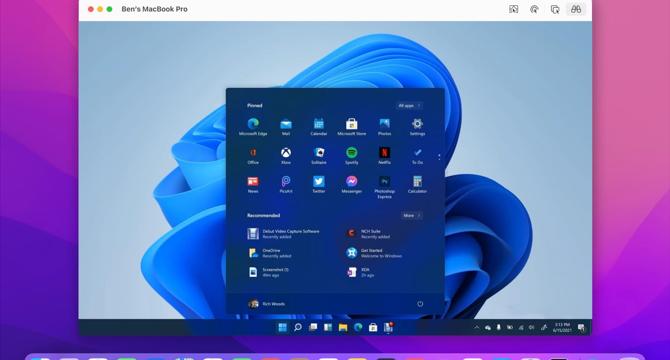Cultofmac
1w
235

Image Credit: Cultofmac
All the ways to run Windows 11 on a Mac
- To run Windows on a Mac, options include using virtual machines, Windows 365 in a web browser, Boot Camp (for Intel Macs), Wine and Crossover, or Remote Desktop.
- Virtual machine software like Parallels allows Windows to run on top of macOS, offering convenience, albeit at a cost.
- For Macs with Apple silicon processors, installing Windows on Arm architecture can lead to faster performance.
- Windows 365 offers a cloud-based Windows desktop accessible via a web browser, suitable for business users but expensive for personal use.
- Boot Camp remains an option for Intel Macs, enabling users to boot directly into Windows on their Mac.
- Wine and Crossover provide alternatives for running essential Windows apps on Mac, with Crossover offering a more user-friendly experience.
- Remote Desktop allows connecting to a Windows PC from a Mac for remote access, providing cost-effective flexibility in setup.
- Using VNC protocols, like Apple Remote Desktop on Mac, enables connecting to a PC remotely for Windows access.
- Consider these methods based on your needs for Windows usage on a Mac, keeping in mind hardware compatibility and ease of use.
- Each method has its pros and cons, so evaluate which one aligns best with your requirements before deciding how to run Windows on your Mac.
- These options ensure that running Windows on a Mac is feasible through various approaches, making it possible to integrate both operating systems smoothly.
Read Full Article
14 Likes
For uninterrupted reading, download the app